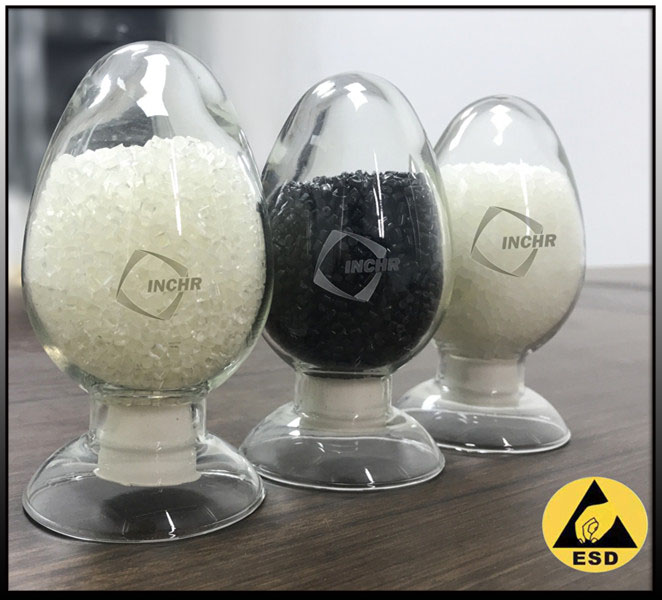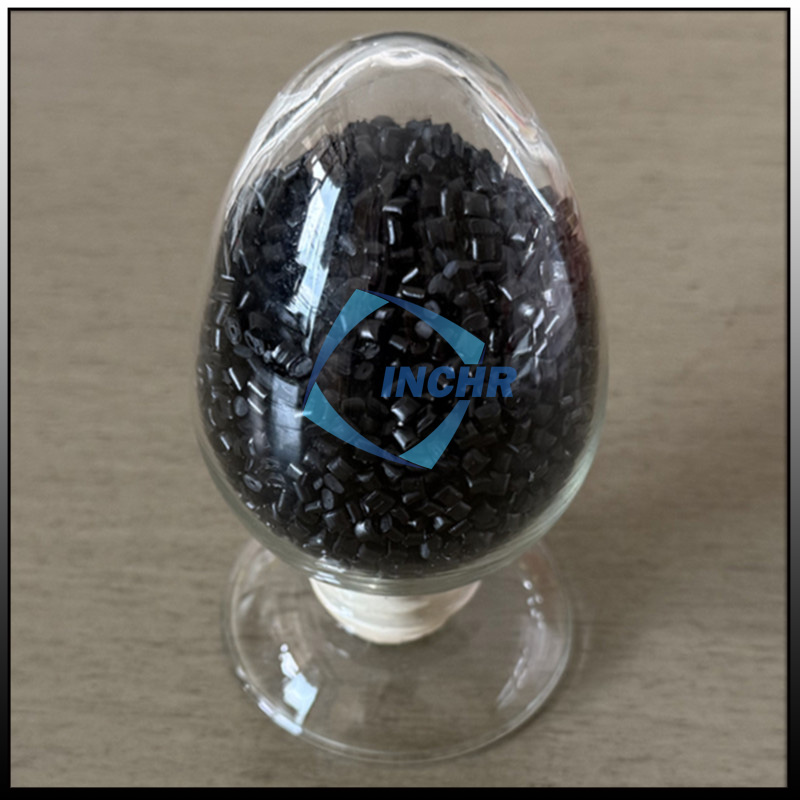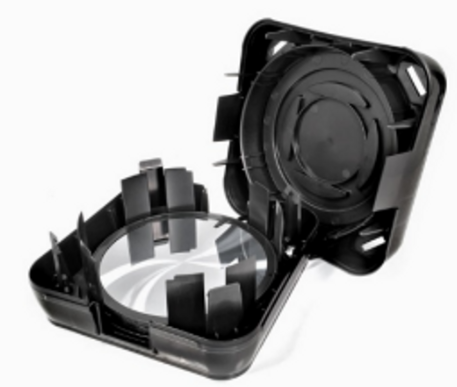While the fundamental dangers of electrostatic discharge (ESD) are well-known in electronics manufacturing and handling, choosing the right ESD plastics often remains a complex puzzle. Generic advice abounds, but true protection hinges on precise material selection tailored to your specific application. This guide dives deeper than surface resistivity, exploring the critical factors that dictate performance and longevity for your sensitive components.
Why Generic ESD Solutions Aren’t Enough
Imagine a high-precision semiconductor assembly line. A common static-dissipative polypropylene bin might suffice for basic transport. However, place that same bin near automated soldering equipment with higher temperatures and potential chemical exposure, and its performance could rapidly degrade, transforming a protective tool into an ESD risk. Similarly, an ESD-safe work surface designed for light benchtop assembly would likely fail catastrophically under the heavy mechanical load and abrasion encountered in fixture or jig applications.

Decoding ESD Plastic Performance: Key Selection Criteria
Moving beyond the basic “ESD-safe” label requires careful evaluation of these crucial factors:
The ESD Mechanism & Level:
Conductive Plastics (Surface Resistivity: < 10^4 Ω/sq): Offer rapid charge dissipation. Ideal for grounding applications, very sensitive components, or where extremely fast static decay is mandatory (e.g., explosive environments). Potential Drawback: Risk of current flow if accidentally connected to live circuits.
Static Dissipative Plastics (Surface Resistivity: 10^4 – 10^11 Ω/sq): The “sweet spot” for most electronics handling. Provides controlled charge dissipation, protecting components without posing a short-circuit hazard. Offers a balance of safety and performance.
Antistatic Plastics (Surface Resistivity: > 10^11 Ω/sq, often relying on topical treatments): Primarily prevent spark generation and dust attraction. Generally insufficient for protecting sensitive modern electronics like microchips or PCBs during active handling or manufacturing. Surface treatments wear off, compromising long-term reliability.
The Demands of Your Environment:
Temperature Extremes: Will the material face soldering irons, curing ovens, sterilization (autoclaving), or freezing storage? Standard plastics warp, crack, or lose ESD properties. High-temperature thermoplastics (e.g., PEEK, PEI) or specialized compounds are essential.
Chemical Exposure: Cleaning solvents, fluxes, lubricants, or process chemicals can attack certain plastics, causing swelling, cracking, or stripping away ESD additives. Chemical resistance charts are vital references.
Mechanical Stress: Will it be a lightweight shelf bin or a heavy-duty transport cart bearing significant weight? Does it need to withstand constant abrasion or impact? Material strength (tensile, flexural), impact resistance, and wear properties are critical. Consider reinforced grades.
Long-Term Stability & Reliability:
Permanent vs. Topical ESD: Topical sprays or coatings offer a quick fix but wear off with cleaning or abrasion, leaving surfaces unprotected. Intrinsically ESD plastics, where the conductive element is compounded throughout the material (like our INCHR-ESD formulations), provide consistent, permanent, and maintenance-free protection.
Environmental Aging: How will constant UV exposure, humidity cycling, or ozone affect the material’s ESD properties and physical integrity over years of service? Choose materials proven for long-term stability.
Regulatory & Industry Compliance:
Standards: Ensure the material meets relevant standards (e.g., ANSI/ESD S20.20, IEC 61340-5-1) for surface resistance and static decay.
Specific Industry Needs: Medical (biocompatibility, sterilizability), Food (FDA compliance), Aerospace (flammability, outgassing), Semiconductor (SEMI standards).
The INCHR-ESD Advantage: Engineered Solutions
At INCHR-ESD, we understand that true ESD protection isn’t one-size-fits-all. Our expertise lies in formulating and fabricating ESD plastics that excel under your specific conditions:
Material Science Expertise: We go beyond basic blends, utilizing advanced compounding techniques to ensure uniform dispersion of conductive elements (carbon fiber, carbon nanotubes, proprietary additives) within high-performance engineering thermoplastics (Polycarbonate, ABS, PP, HDPE, Acetal, Nylon, and high-temp options like PEEK, PPS, PEI).
Permanent Intrinsic ESD: Forget unreliable coatings. Our materials offer consistent, permanent static control throughout their lifespan.
Tailored Performance: We match the base resin and conductive package precisely to your requirements: optimal surface resistivity level, extreme temperature resilience, chemical resistance, mechanical strength, low particle generation, and regulatory compliance.
Custom Fabrication: From precision-machined components and complex trays to durable work surfaces, totes, and shelving, we transform our specialized ESD materials into the solutions you need.
Beyond Selection: Implementation Matters
Choosing the right material is foundational, but effective ESD control is a system:
Grounding: Ensure proper grounding of all ESD-safe furniture, equipment, and personnel via wrist straps or footwear.
Handling Procedures: Train staff on correct ESD protocols – no shortcuts.
Regular Auditing: Use surface resistance meters and static decay testers (like the SCS 701 Charge Plate Monitor) to verify the ongoing performance of your ESD items and worksurfaces. Establish a routine testing schedule (e.g., monthly, quarterly).
Conclusion: Invest in Precision Protection
Selecting ESD plastics shouldn’t be a gamble. By moving beyond generic labels and deeply understanding the interplay of ESD mechanism, environmental demands, longevity needs, and compliance, you can make informed decisions that safeguard your valuable electronics and ensure manufacturing integrity.
Ready to find the perfect ESD plastic solution for your unique challenges?
Visit inchr-esd.com today!
Explore our range of high-performance, intrinsically ESD plastics and standard products.
Contact our technical team for expert guidance on material selection tailored to your specific application, environment, and budget.
Request material samples and technical data sheets.
Discover our custom fabrication capabilities – we turn specialized materials into your essential ESD-safe components.
Protect your precision. Partner with INCHR-ESD for ESD plastics engineered to perform.




